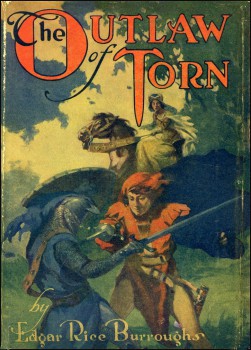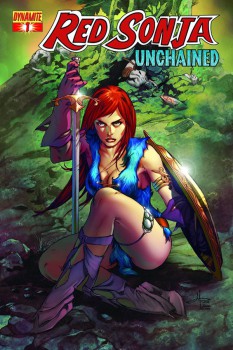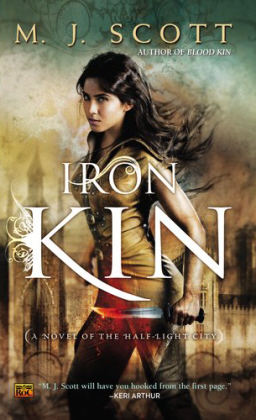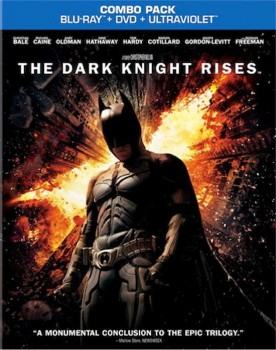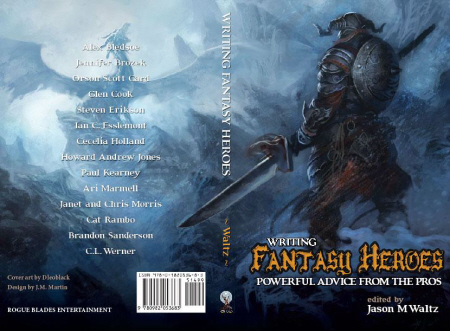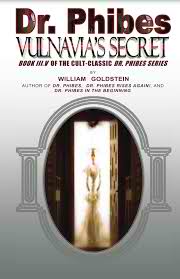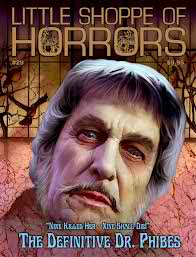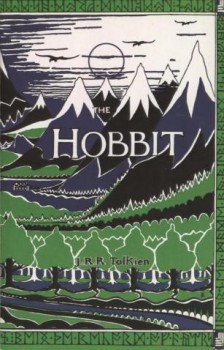First Teaser Trailer Released for Thor: The Dark World
Apparently, now that Marvel Comics has hit on a fabulously successful formula for its film properties, future movies are being released according to an ambitious Plan. The Plan ties together all the films in the Marvel Cinematic Universe, in a way that should be very familiar to anyone who has ever read Marvel comics.
The first picture in the Marvel Cinematic Universe is now considered to be 2008’s Iron Man (presumably ignoring all Marvel films that came before, like all three Spider-Man and X-Men pictures, Ghost Rider, Daredevil, Elektra, Fantastic Four, Wolverine, The Punisher, Blade, X-Men: First Class, etc.) Iron Man was the beginning of Phase One, a sequence which included The Incredible Hulk, Iron Man 2, Thor, Captain America: The First Avenger, and The Avengers.
Phase Two kicks off next month with Iron Man 3, followed by Thor: The Dark World, Captain America: The Winter Soldier, Guardians of the Galaxy and culminating in The Avengers 2, scheduled to arrive in May of 2015. Like Phase One, the films in this second set will share sub-plots and secondary characters, and dovetail into the plot for Avengers 2, details of which are a closely guarded secret (but will almost certainly involve Thanos and the Cosmic Cube — excuse me, The Tesseract.)
Whatevs. Today all we care about is that the first teaser trailer for Thor: The Dark World has been released, and it contains a satisfying quantity of ‘splosions and cosmic violence. The trailer also confirms the return of all the major stars from the first film, including Chris Hemsworth, Natalie Portman, Stellan Skarsgård, Idris Elba, Kat Dennings, Jaimie Alexander, Rene Russo and Anthony Hopkins — and Tom Hiddleston as Loki (yay!).
Thor: The Dark World is directed by Alan Taylor, and is scheduled for release on November 8th. You can see the complete teaser trailer for yourself below. And if you figure out what that giant floating hood ornament is, let us know.

